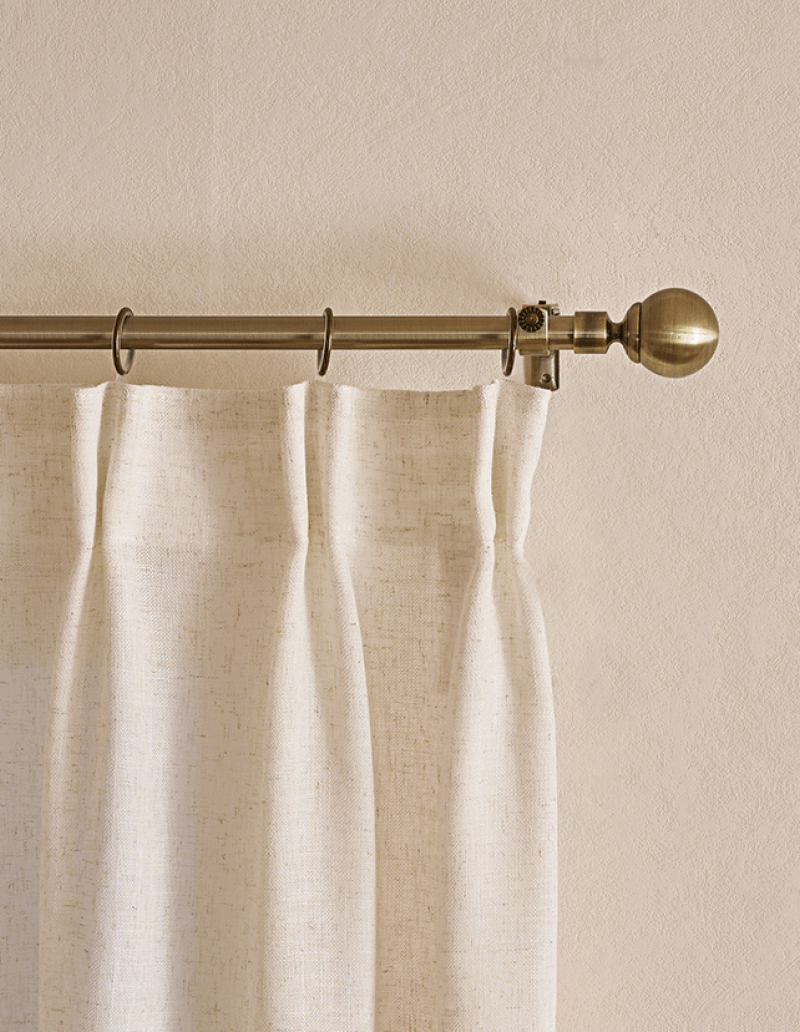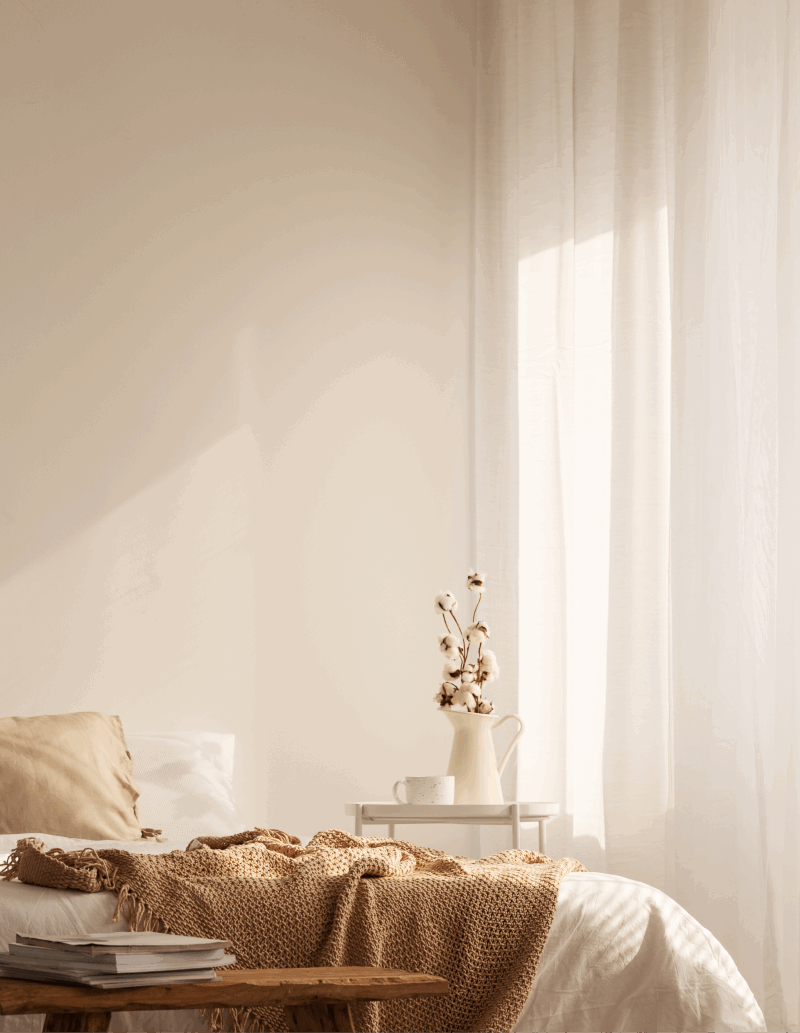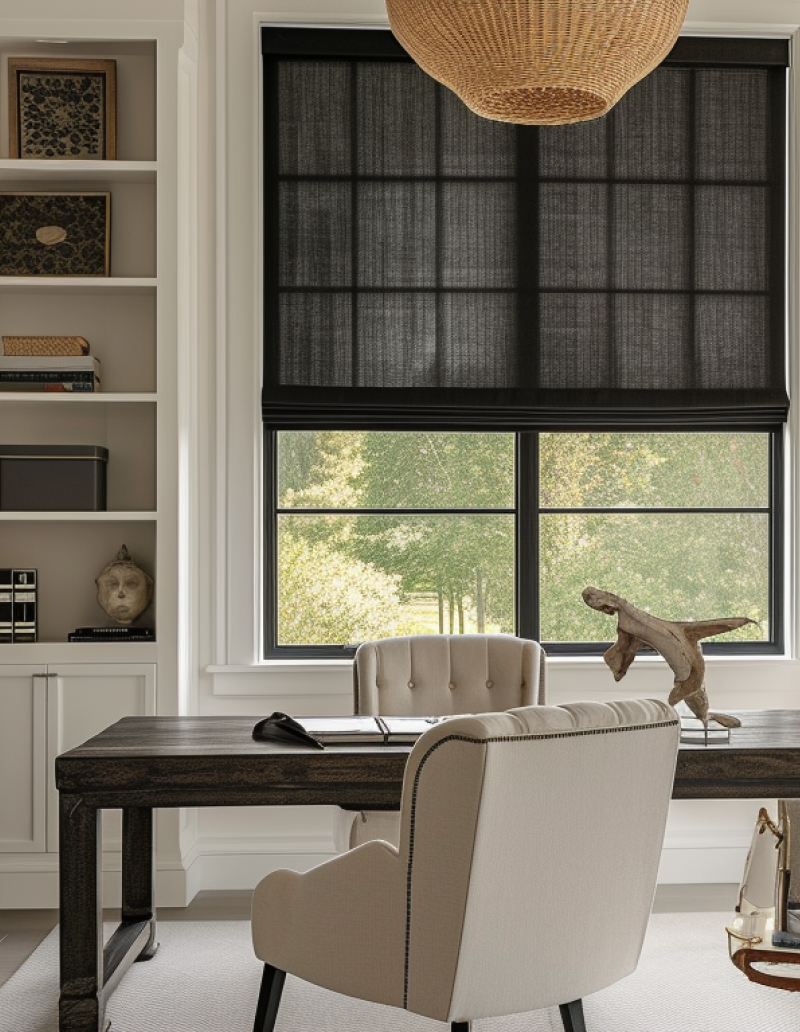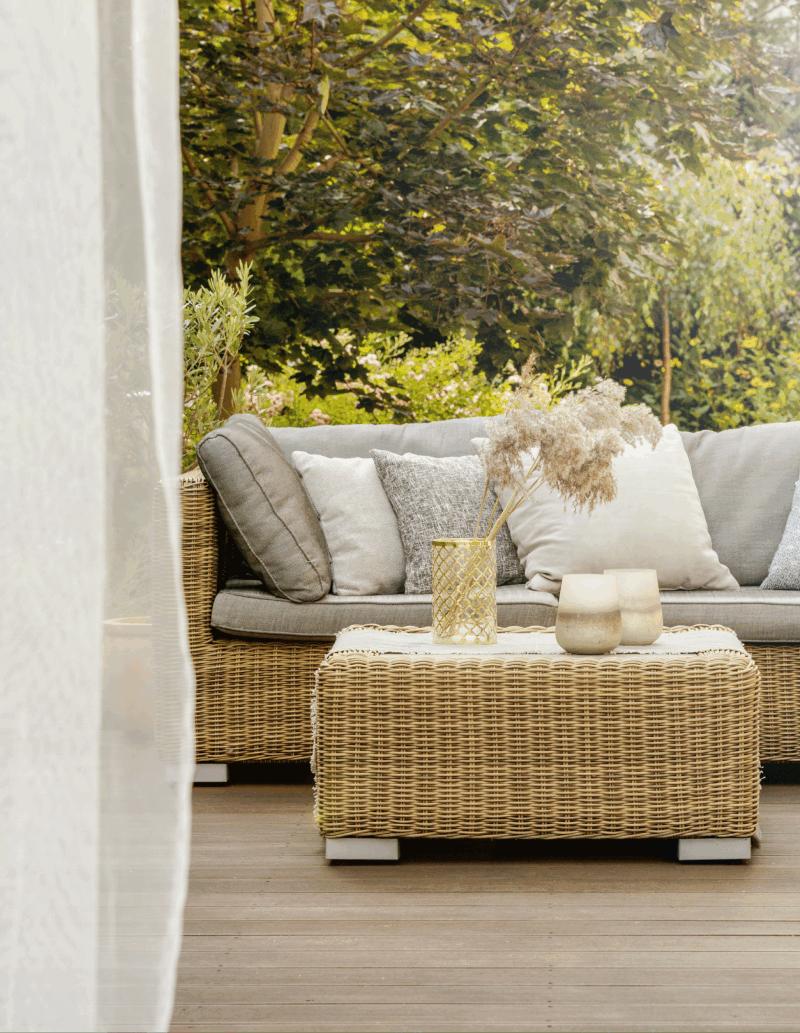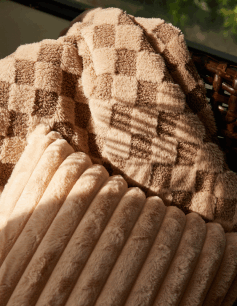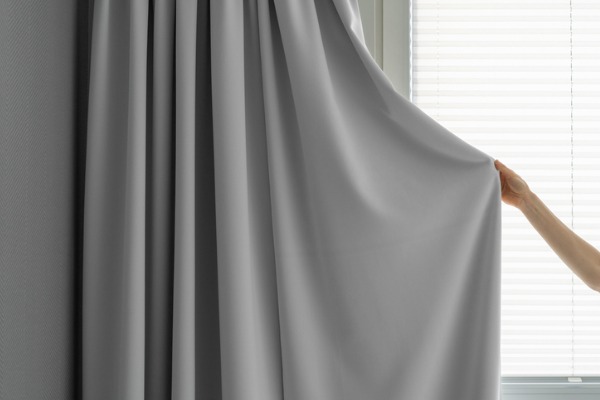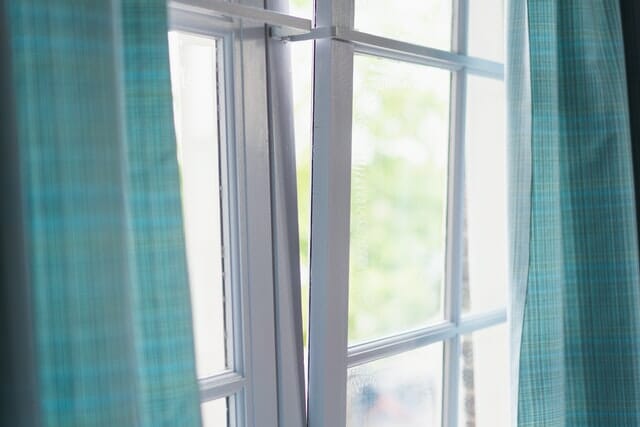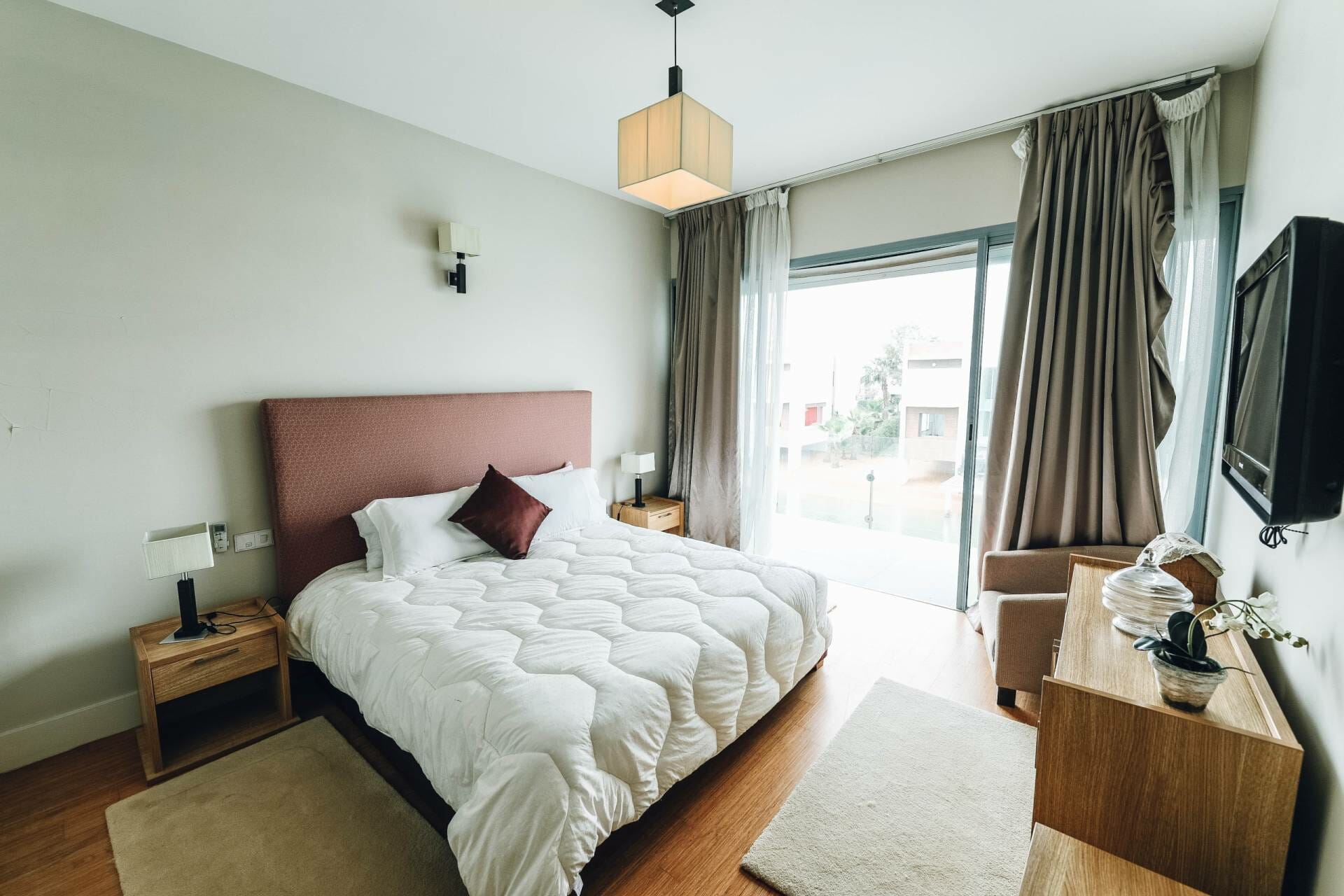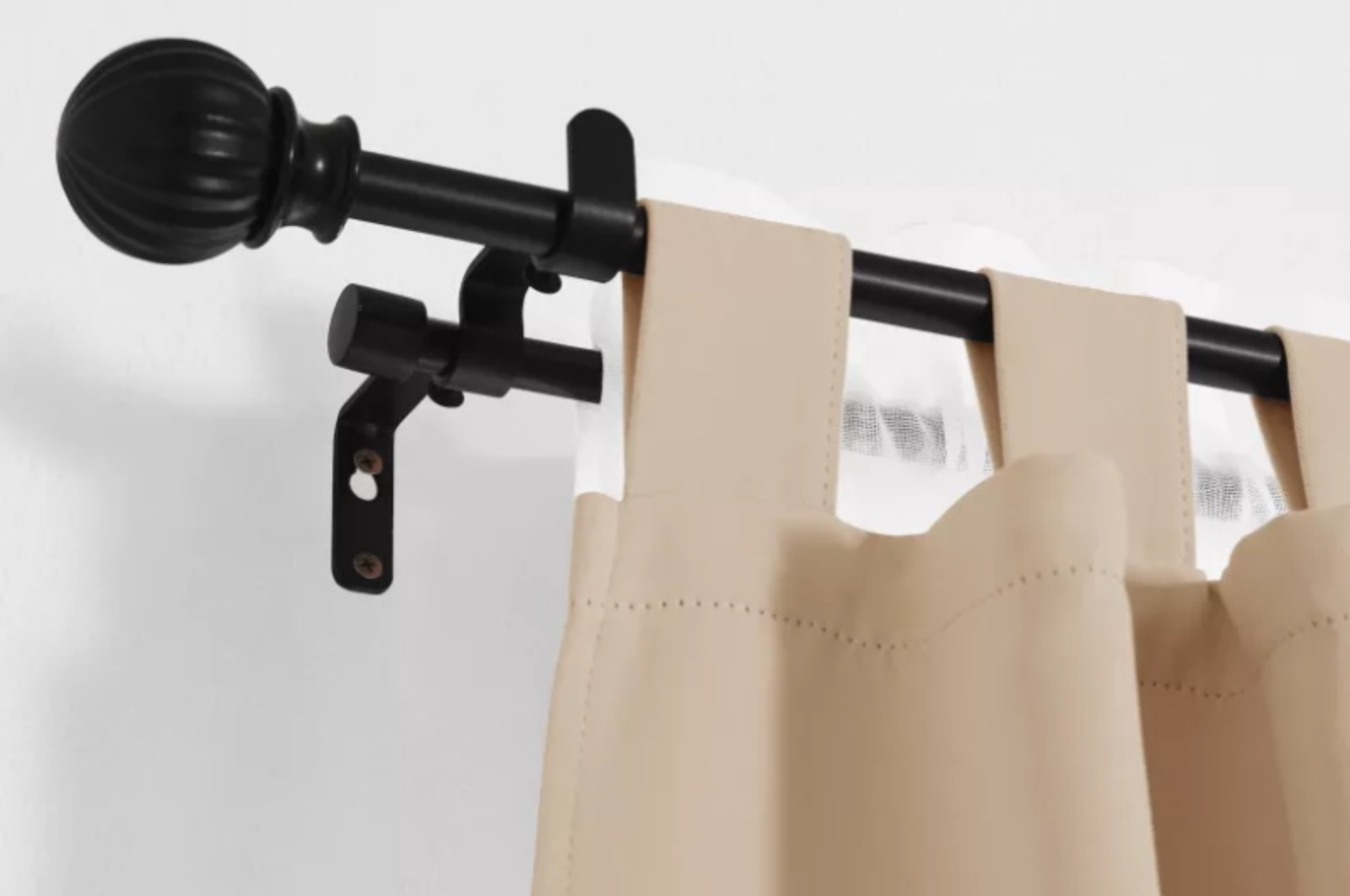How to Minimize Noise Pollution in Busy Homes
Noise pollution can be a major issue most homes. If you have a big family, or even some little ones running around, you can basically count on it getting loud. Unwanted sounds from televisions, conversations, appliances and outside noises can disrupt the peaceful environment within the living space. A home should be a sanctuary, but sometimes, the amount of noise just makes it feel impossible. While you can only do so much, sometimes, small solutions can be enough to make a transformation in your home. So, here’s how you can make some major changes in reducing noise pollution in your home!

Start By Assessing the Noise Pollution Problem
In order to effectively minimize noise pollution in high-traffic areas of busy homes, it is important to first assess the extent of the problem. This can be done by conducting a detailed audit of all sources of noise within the living space, including appliances, electronics and outside noises such as street traffic or construction work. For the most part, a lot of noise pollution you’re dealing from is most likely coming from outside your home.
Whether you’re living in an apartment in a major city, or even in a suburb, that noise from the outside goes straight to your doors and windows which then enter your home. Once these sources have been identified, it is important to evaluate the decibel levels of each source and determine their impact on overall noise levels in different parts of the home. Once an accurate assessment has been made, effective measures can be taken to minimize noise pollution. But are these adjustments even going to be simple?
Focus on the Doors and Windows
As stated above, you’re going to want to take a look at the doors and windows. When it comes to external noises, this is where they come in. Even when it comes to the noise being emitted from your home, such as from other rooms, they’re going to escape from the door. Overall, noise travels in and out due to how thick windows and doors are. Some of the most effective methods include adding weatherstripping around the edges of doors and windows, installing thick curtains or blinds on windows, applying acoustic caulk to any gaps or cracks around window frames and door jambs, and using sound-blocking materials such as mass-loaded vinyl or foam insulation.
But from all of these options, is there one that works the best? Each of these are going to have their own benefits but one of the best options that you can certainly count on will be soundproofing curtains. As you can see, there are many different strategies you can use to minimize noise pollution in high-traffic areas of busy homes. By employing these soundproofing techniques for your doors and windows – along with other solutions like white noise machines – you can create a more peaceful living environment regardless of how noisy your surroundings may be.
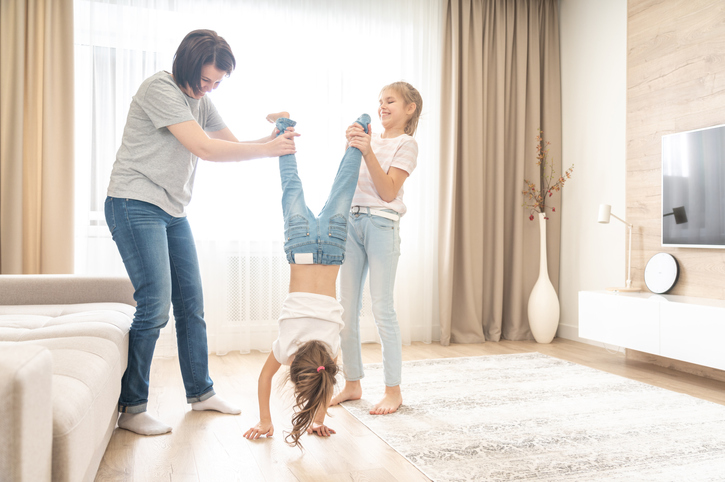
Use Sound-Absorbing Materials
Using sound-absorbing materials is one effective way to minimize noise pollution in most homes. Why do the materials need to be sound-absorbing? Well, it’s all about taking in those unwanted noises, as these reduce echoes in a room, and they also get the noise to be muffled out and less noticeable in other spaces too. These materials are designed to trap sound waves that would otherwise bounce off walls, floors, or ceilings and create an unpleasant auditory experience.
So it’s really about keeping noise in (but lower) and keeping external noises out or at least more muffled. The best way to do this is going to be through sound-absorbing material like textiles. Utilizing rugs and carpets for your rooms is going to help soften a lot of the noise, but this is nothing more than the tip of the iceberg. The most effective strategy is simply going to be soundproof curtains for windows.
When you’re choosing a soundproofing curtain, you’re going to also to want to consider factors such as the type of material used and its thickness. Ideally, 3 layer soundproof curtains are going to be the best option. These thick blackout soundproof curtains have multiple layers (three to be exact), which is the right amount for getting soundwaves to be locked into the woven fabrics so it gets muffled. Plus, most rooms have windows, especially bedrooms and living rooms, and these spaces especially need some solitude. So what better way than to have a two-in-one? You get heavy curtains for soundproofing, but they’re thick enough to entirely block out the light too.
What Else Absorbs Noise?
While soundproof curtains for windows is going to be one of the best options, this doesn’t need to be the only option. You can always have soundproofing curtains as well as something else to help absorb the noise in your home. More massive materials like concrete can absorb low-frequency noises more effectively while lighter fabrics tend to be better at minimizing higher-pitched sounds like voices or appliances operating at high frequencies. Additionally, incorporating plants into your living space can also help reduce noise levels by absorbing some of the sound energy.
Using sound-absorbing materials is an affordable and practical solution for homeowners who want to minimize noise pollution in their living spaces. It’s really about considering strategically placing these products around the busiest areas of your home as well as areas such as bedrooms where there needs to be silence. In the end, you can drastically improve the overall acoustic quality of each room and enjoy a more serene environment free from outside disturbances.
Is Your Home Still Too Loud? Try Creating Designated Quiet Zones
You can have the best soundproofing technology in your home, but in the end, it’s about changing behavior in those in your household. While you can’t control exterior noises, such as neighbors, you at least have some control over the noise in your own home. It’s important to create quiet zones such as bedrooms, study rooms, or even home offices where individuals need a peaceful environment to concentrate on their work.
Family members should be informed about the importance of maintaining silence as much as possible in these areas during certain periods of the day. For instance, conversations or television watching may not be allowed during a specific period when someone needs to study or rest quietly. This kind of mutual respect for each other’s need for a peaceful environment could go a long way in minimizing noise pollution at home and fostering healthy relationships between household members.

